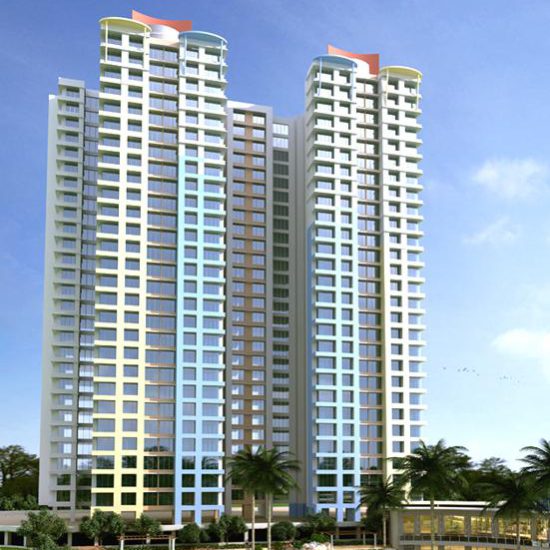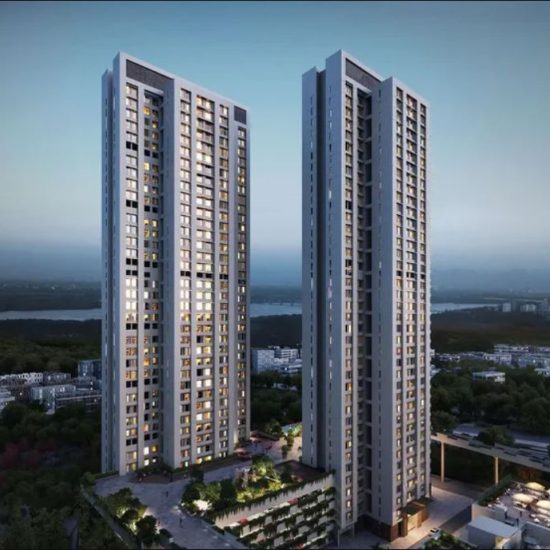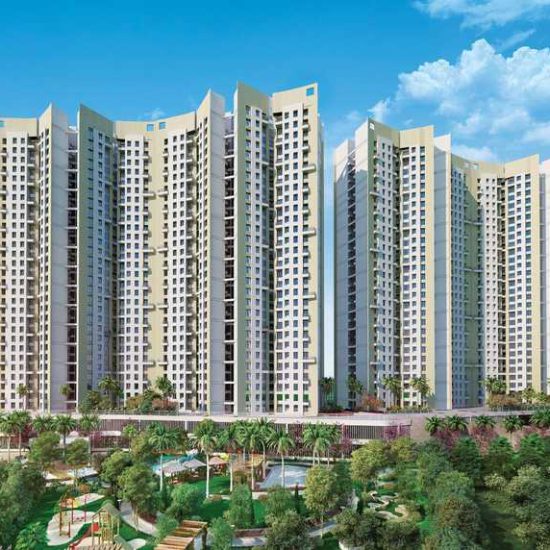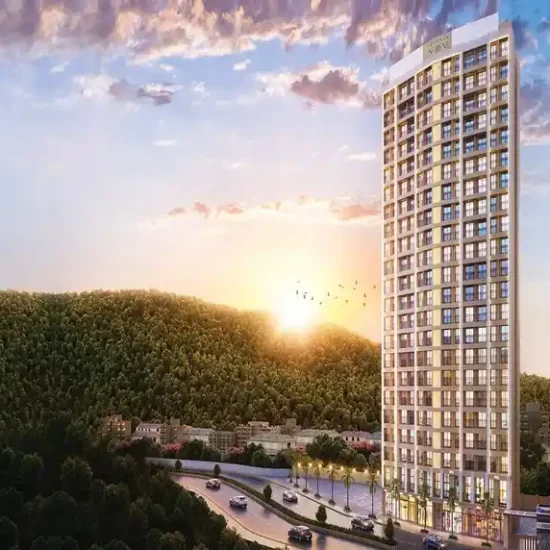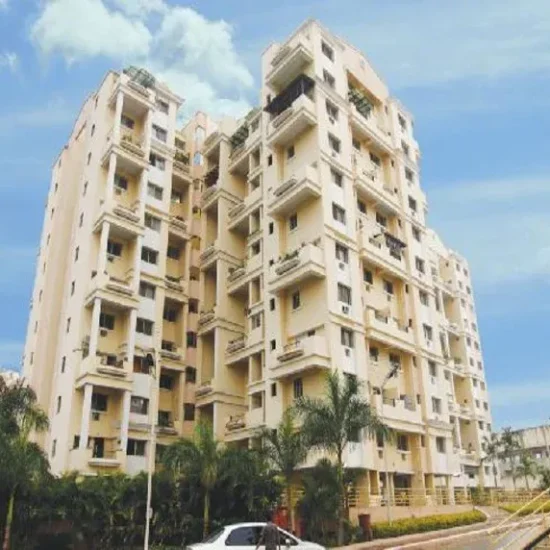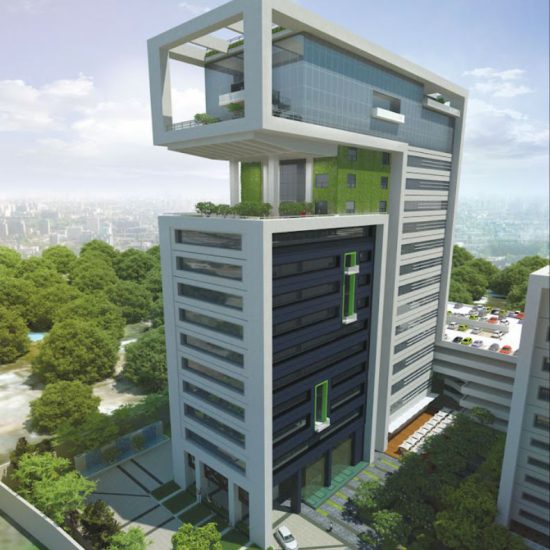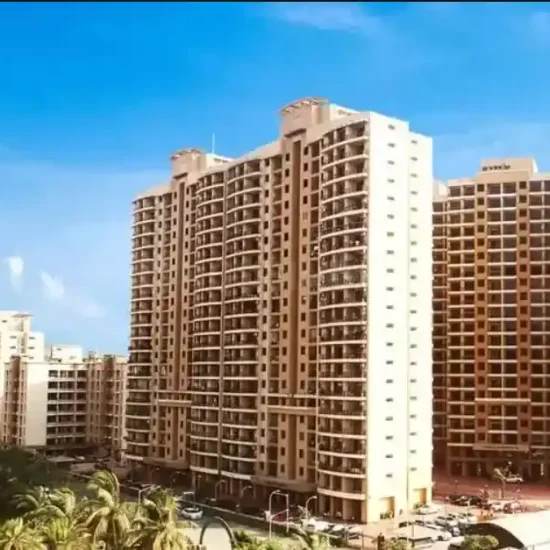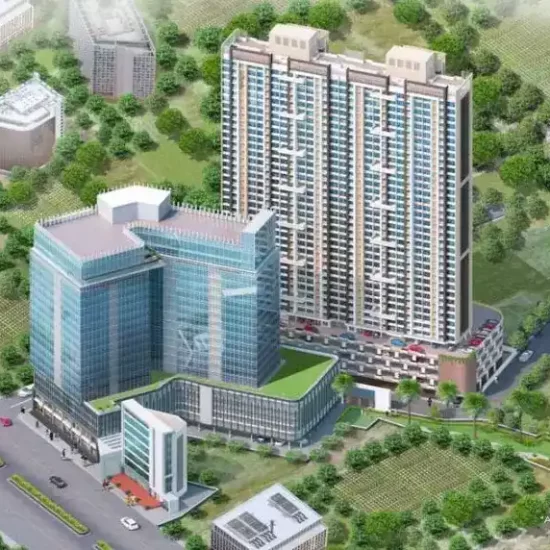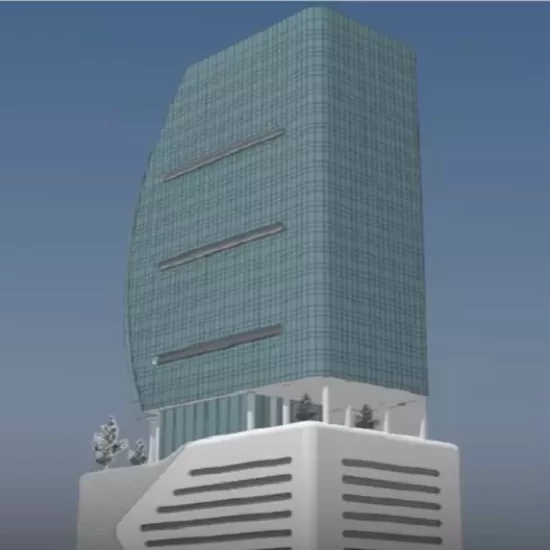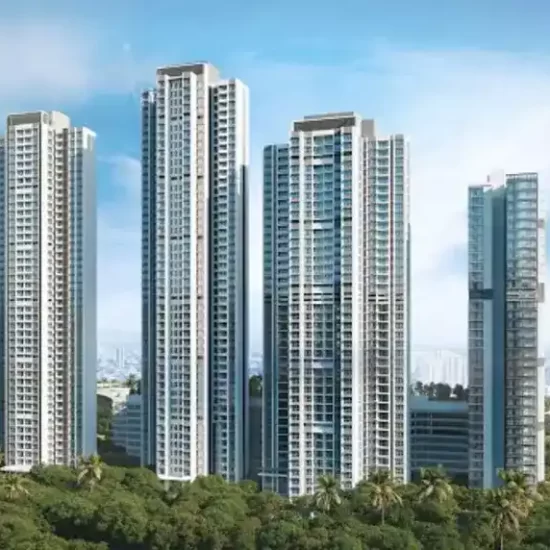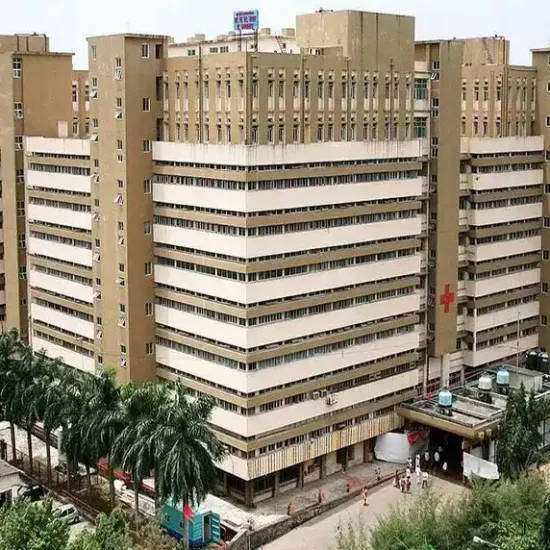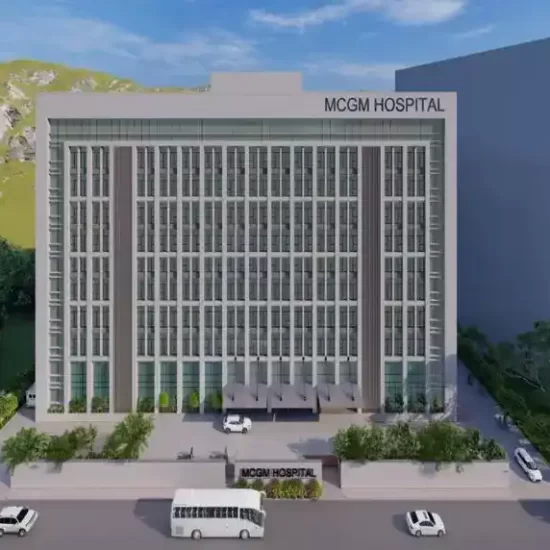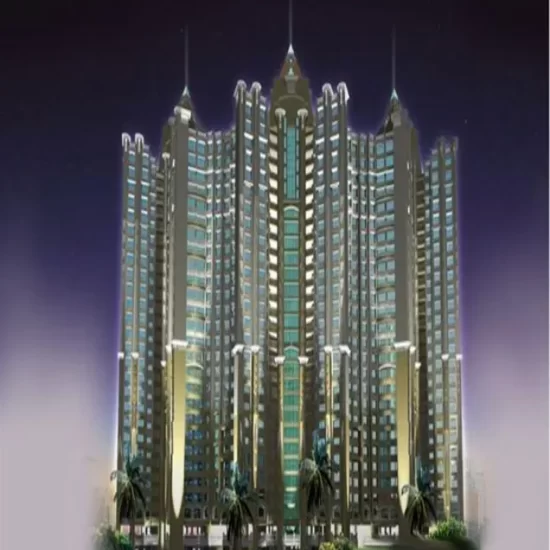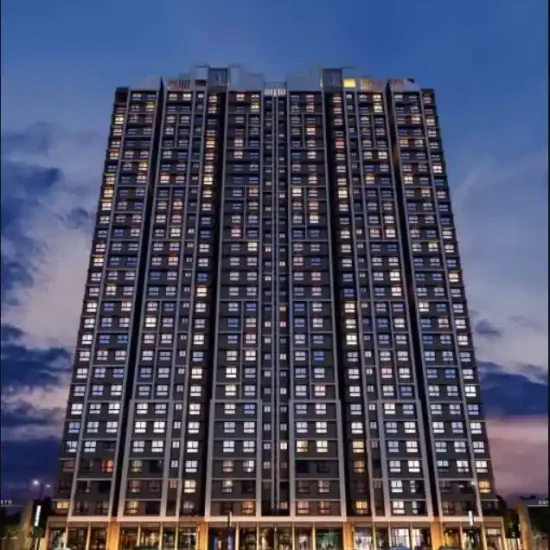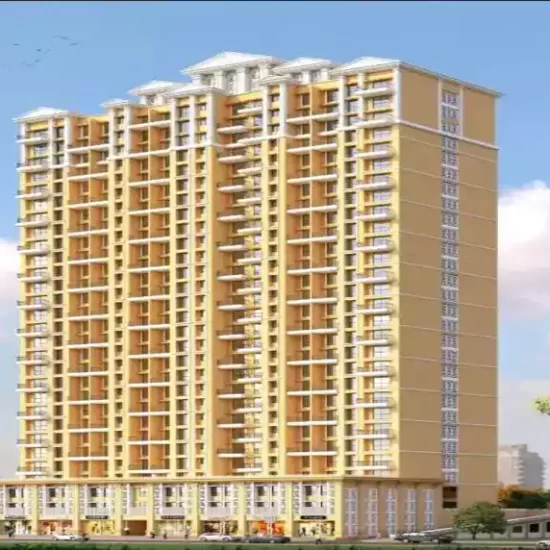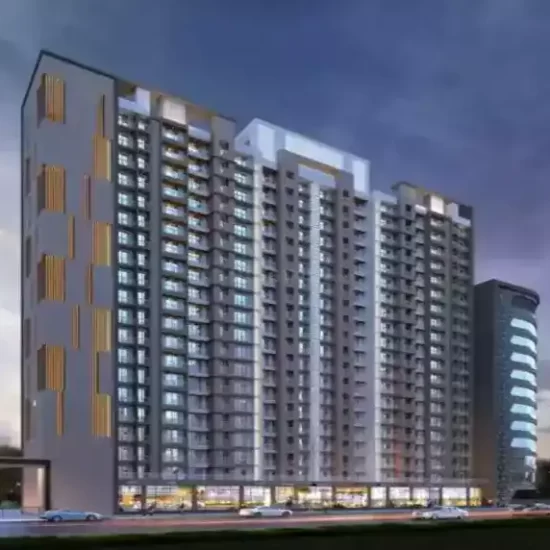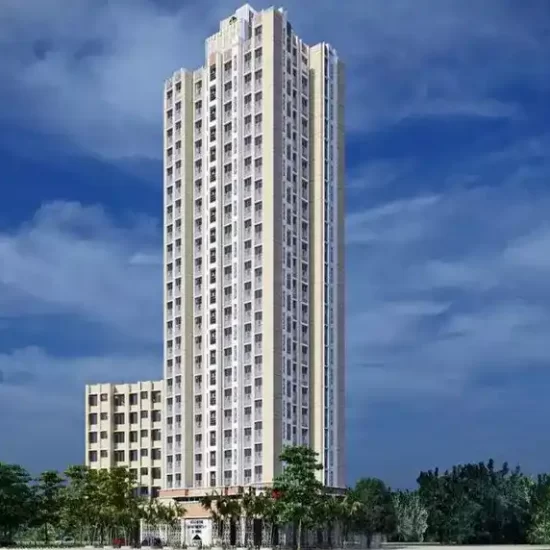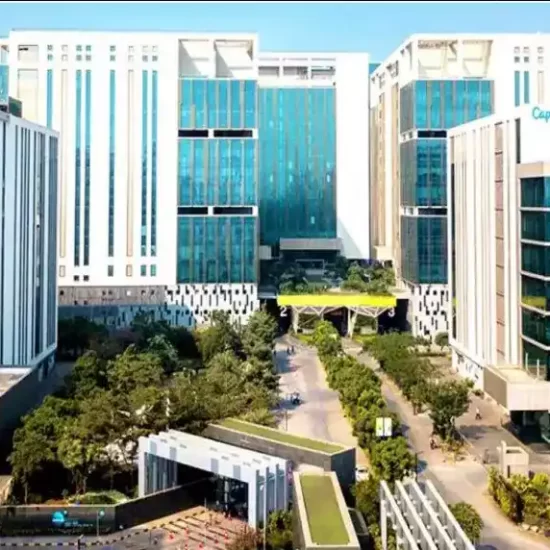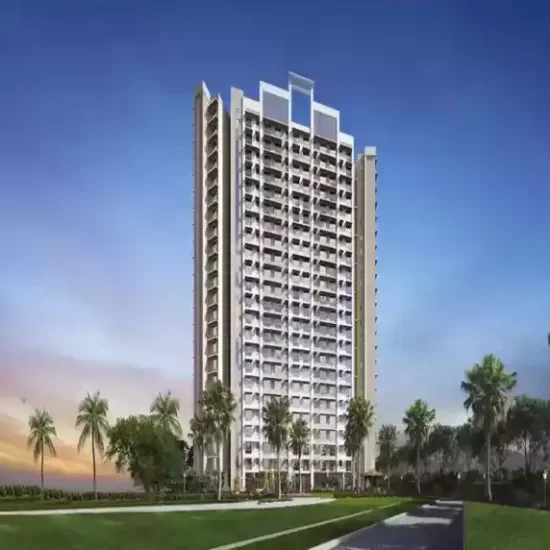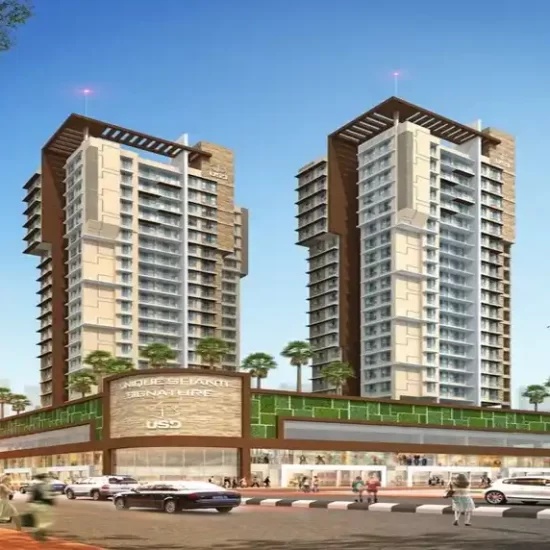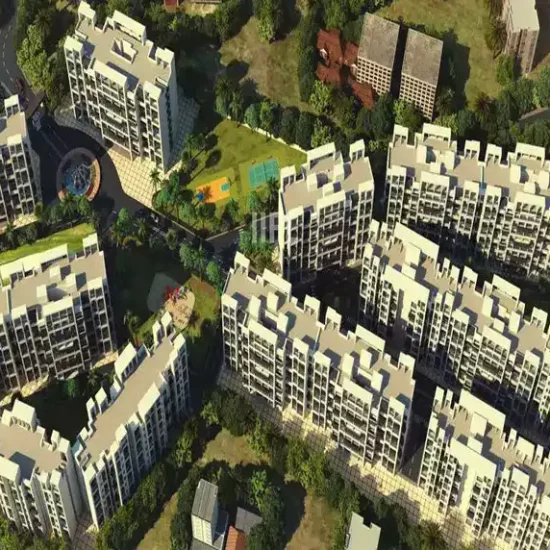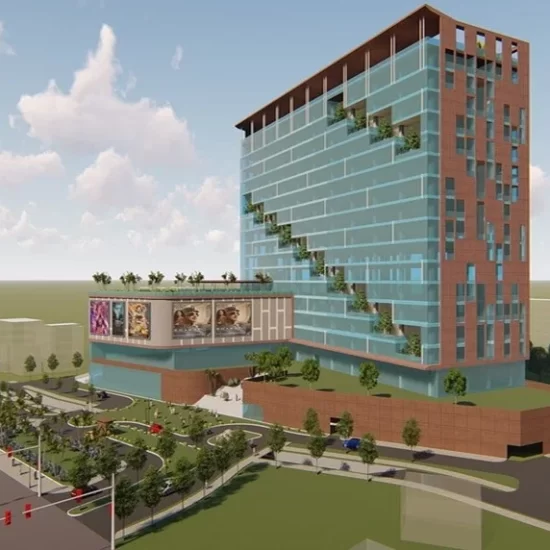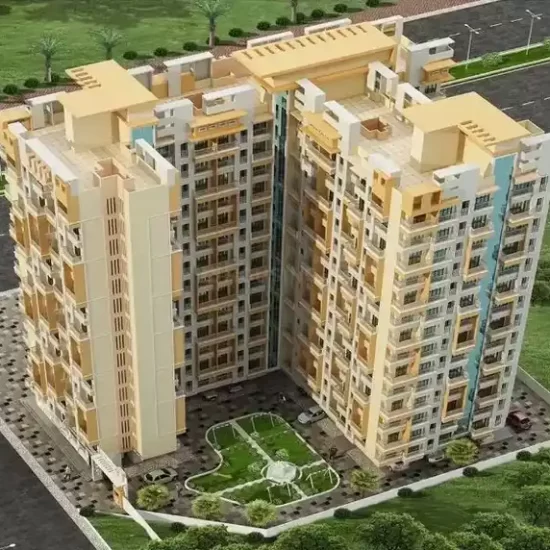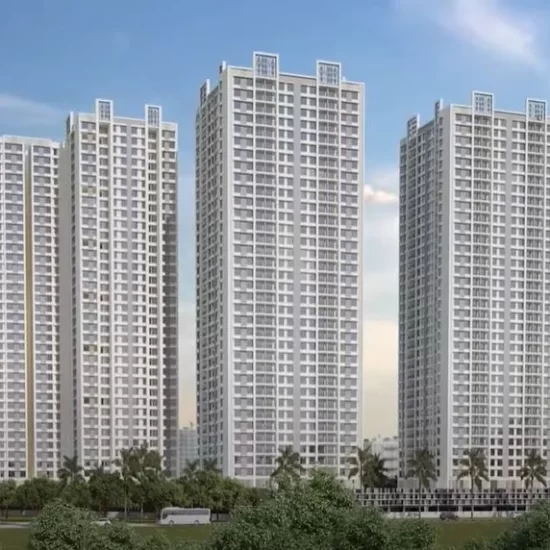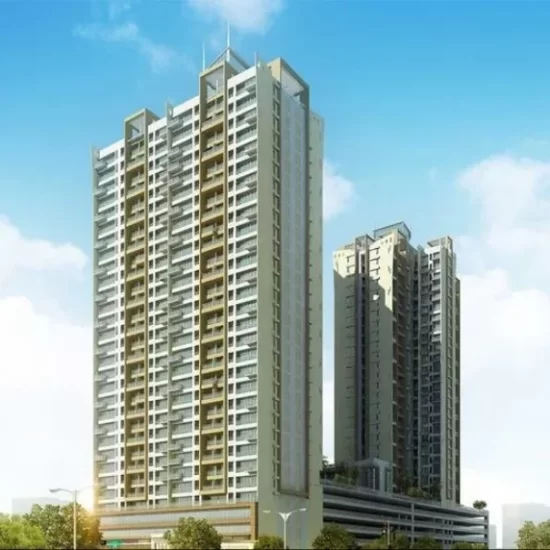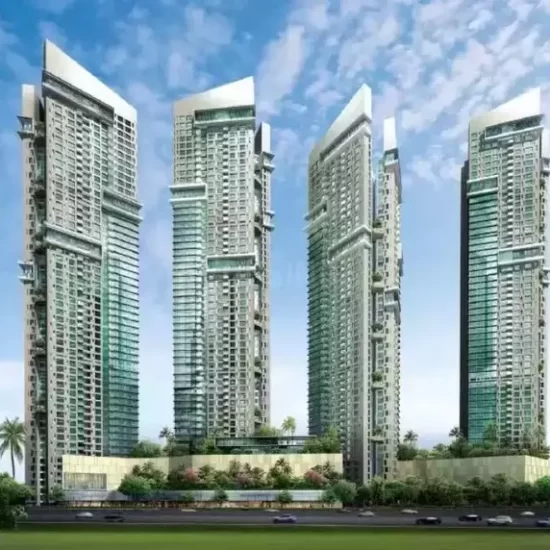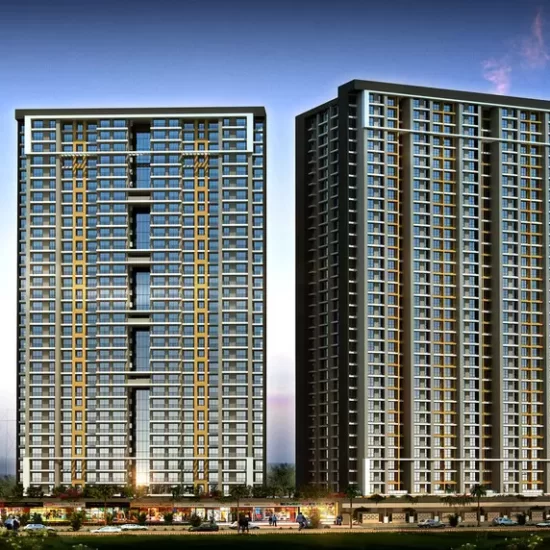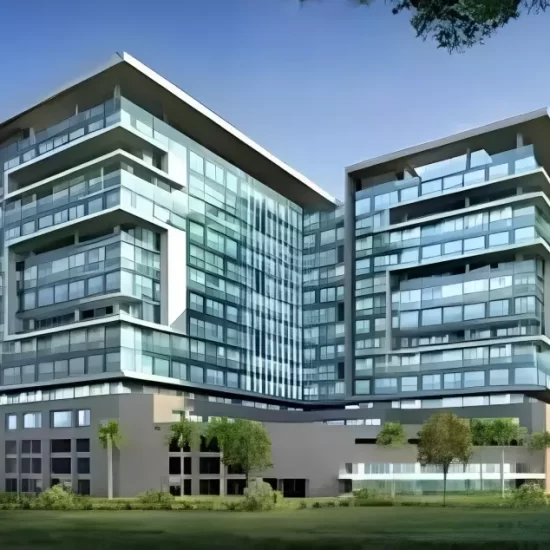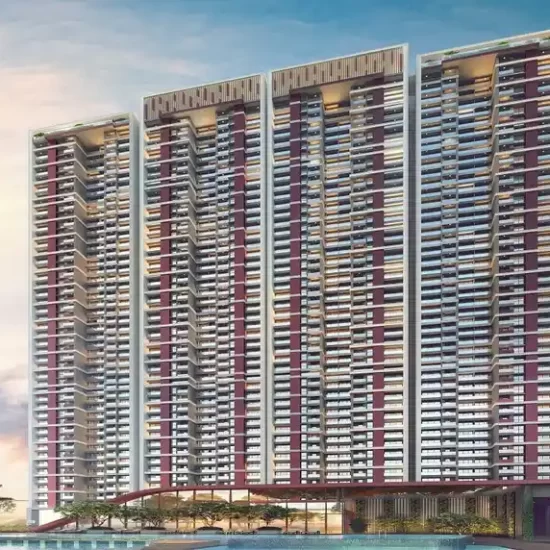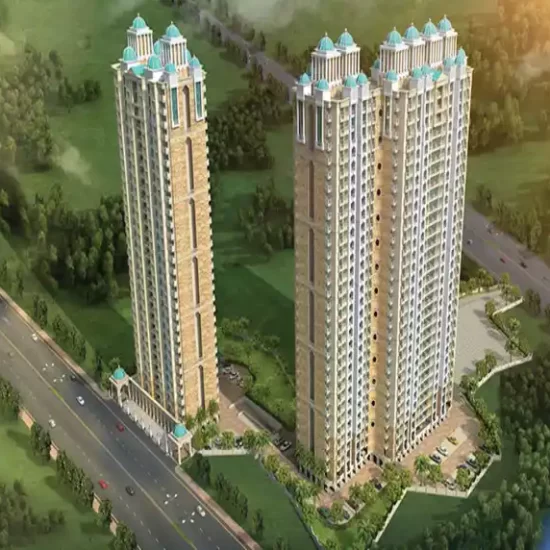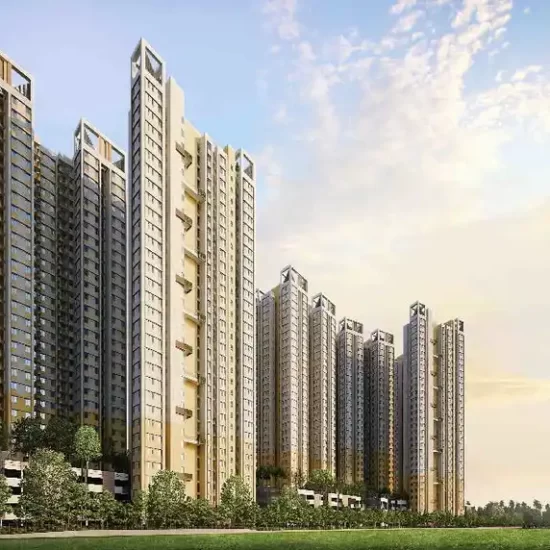Site and Surroundings Analysis: Enhancing Building Design for Optimal Performance
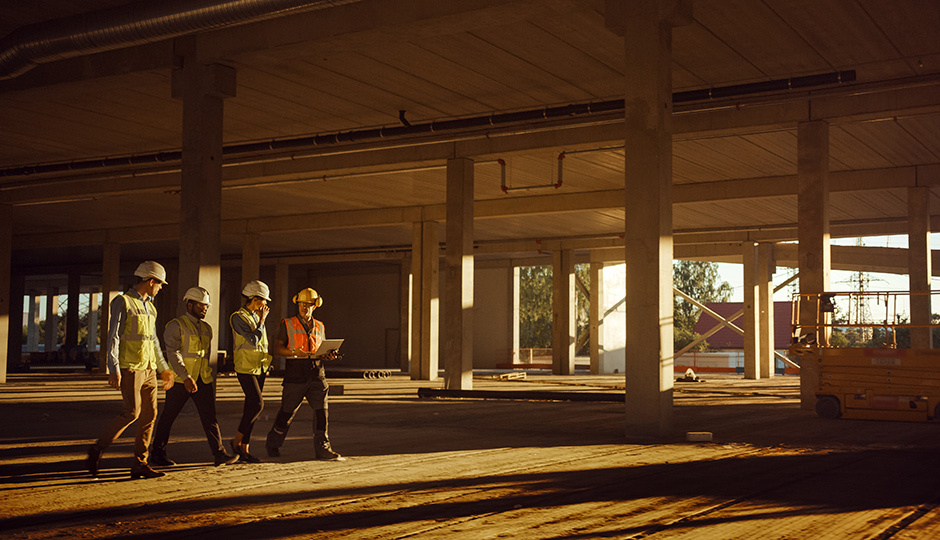
Introduction
In architecture and urban planning, understanding the context and environment in which a building will be situated is crucial for ensuring its success. Site and surroundings analysis involves evaluating the surrounding physical, environmental, and social elements that influence how a building will perform over time. By considering the site’s topography, climate, infrastructure, and social dynamics, designers can create spaces that not only blend seamlessly into their surroundings but also enhance the performance and livability of the building. In this article, we will explore the importance of site and surroundings analysis, its subtypes, why it is essential in today’s design landscape, and why Reinvent Design Technologies (RDT) excels in providing such analysis services.
What is Site and Surroundings Analysis?
Site and surroundings analysis is the process of evaluating the geographical, environmental, social, and cultural context of a building site. This analysis includes assessing the physical attributes of the land, such as its topography, climate conditions, and natural resources, as well as the surrounding infrastructure, including roads, utilities, and neighboring developments. The goal is to understand how these factors will influence the building’s design, energy performance, and integration with the broader environment.
This type of analysis is crucial for creating sustainable, efficient, and user-friendly buildings that enhance the local ecosystem and provide long-term benefits for users and the community. By considering these factors early in the design process, architects and developers can make informed decisions that optimize both the building’s performance and its integration with the surrounding environment.
Subtypes of Site and Surroundings Analysis
- Topographical Analysis
Topography refers to the natural features of the land, including elevation changes, slopes, and the positioning of water bodies or natural barriers. Understanding the topography of the site helps in determining the best location for building placement, as well as how to manage drainage, water flow, and potential flooding risks.- Benefits: Ensures proper stormwater management, reduces construction costs, and optimizes natural views and lighting.
- Climate and Weather Analysis
Climate analysis involves studying the local weather patterns and environmental conditions that affect the site. This includes temperature, humidity, rainfall, wind patterns, and sunlight exposure. Understanding these factors allows designers to optimize energy use, select appropriate building materials, and improve the indoor climate for occupants.- Benefits: Minimizes energy consumption by maximizing passive design elements like natural ventilation, solar heating, and shading.
- Sunlight and Shading Analysis
This sub-analysis focuses on how the sun interacts with the building throughout the day and across different seasons. It identifies areas of the building that are exposed to direct sunlight and those that remain shaded. The goal is to reduce glare, prevent overheating, and enhance daylight penetration into interior spaces.Benefits: Improves indoor air quality, reduces lighting and cooling costs, and creates a comfortable living or working environment. - Environmental and Ecological Impact
- Site analysis also includes an assessment of the site’s ecological sensitivity. This involves considering local wildlife, plant species, and the potential environmental impact of construction on the area. Sustainable building practices should aim to minimize disruption to the local ecosystem.
Benefits: Promotes biodiversity, reduces environmental impact, and enhances the building’s sustainability rating.
- Site analysis also includes an assessment of the site’s ecological sensitivity. This involves considering local wildlife, plant species, and the potential environmental impact of construction on the area. Sustainable building practices should aim to minimize disruption to the local ecosystem.
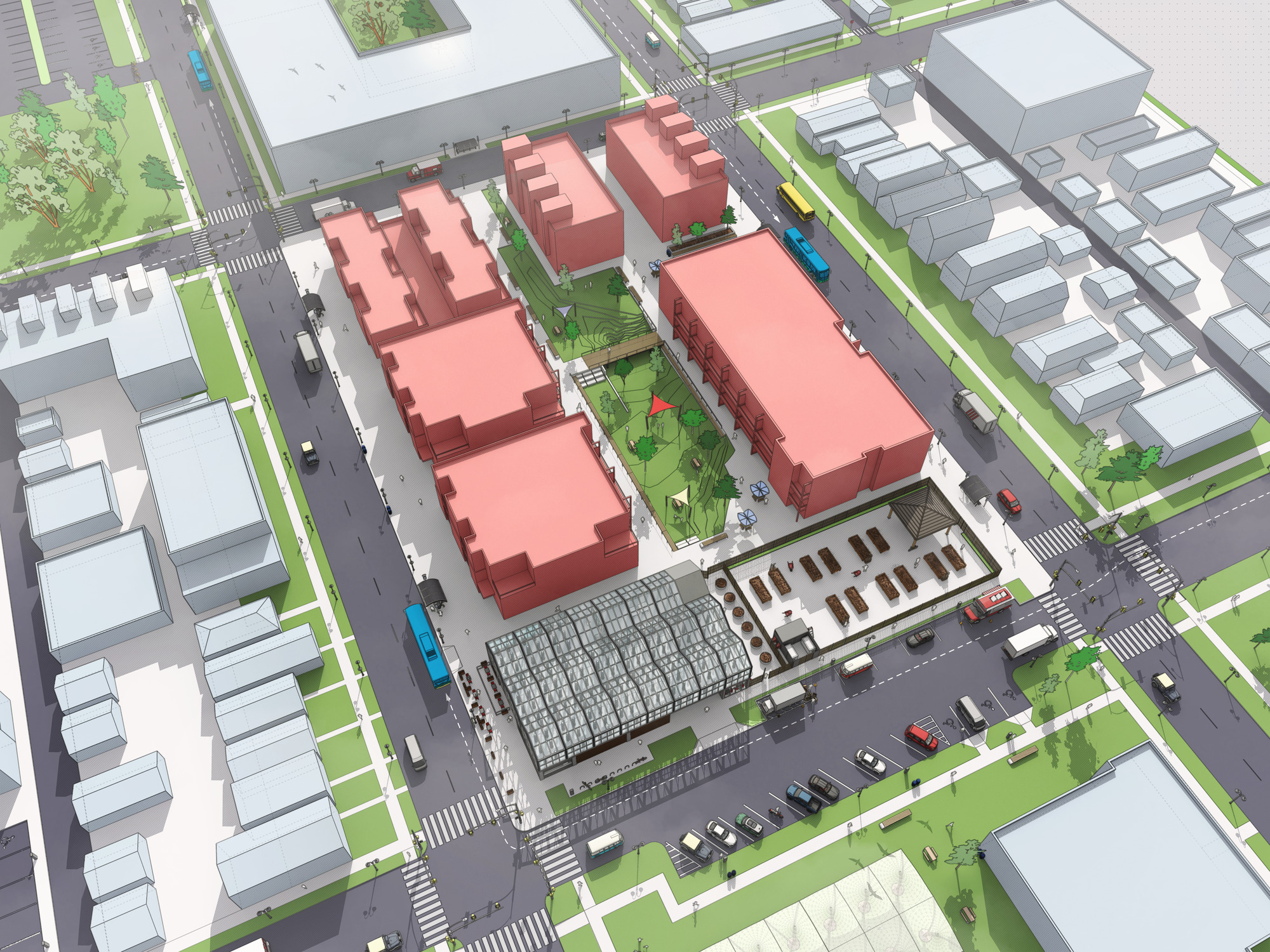
5.Social and Cultural Context
Understanding the social dynamics and cultural context of the surrounding area is equally important. This includes evaluating the local community’s values, preferences, and lifestyle, as well as assessing how the building can contribute positively to the area.
Benefits: Ensures that the design aligns with the local community’s needs and aspirations, fostering a sense of connection between the building and its surroundings.
6. Infrastructure and Accessibility Analysis
The site’s infrastructure and its accessibility to transportation networks, utilities, and public services play a vital role in the building’s usability and functionality. Analyzing these factors ensures that the building will be well-connected to essential services and easy to access by occupants and visitors.
Benefits: Enhances the building’s connectivity, ease of use, and overall
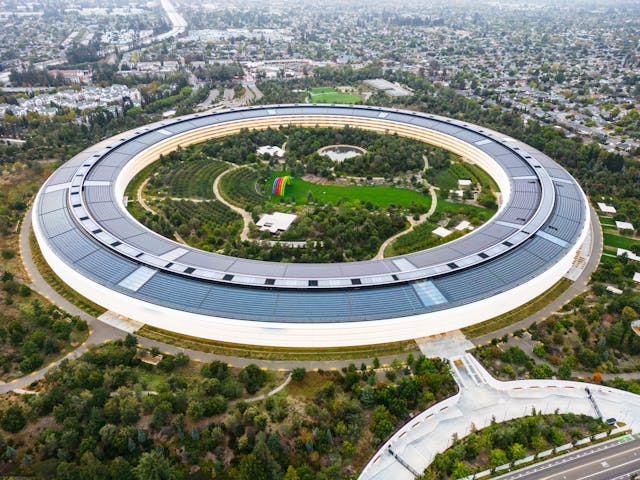
Why is Site and Surroundings Analysis Important Today?
- Sustainability and Environmental Responsibility
With growing concerns over climate change and environmental degradation, there is a heightened focus on sustainable building practices. Site and surroundings analysis is critical in identifying opportunities to reduce a building’s carbon footprint by taking advantage of natural resources, such as wind, sunlight, and geothermal energy, while minimizing waste and disruption to the environment.- Importance: Encourages energy efficiency, reduces environmental impact, and aligns with modern sustainability goals.
- Increasing Regulations and Standards
In many regions, building codes and environmental regulations are becoming more stringent. Site and surroundings analysis helps developers meet these requirements by providing a clear understanding of the site’s challenges and opportunities for compliance.- Importance: Ensures that the project adheres to regulatory guidelines and avoids potential legal and financial setbacks.
- Optimizing Building Performance
By considering the surrounding environment and natural features, designers can optimize the performance of the building in terms of energy efficiency, user comfort, and environmental sustainability. Analyzing how the building interacts with the site’s surroundings helps maximize its long-term performance.- Importance: Reduces operational costs and enhances the building’s efficiency and livability.
- Urbanization and Population Growth
As urban areas continue to grow, the pressure on available land increases. Effective site and surroundings analysis is crucial for developing buildings that are not only efficient and sustainable but also integrate well into existing urban fabrics, fostering community engagement and preserving cultural identity.- Importance: Supports sustainable urban development and community integration.
Why RDT is Best in Site and Surroundings Analysis?
Reinvent Design Technologies (RDT) stands at the forefront of site and surroundings analysis, providing comprehensive and accurate evaluations to ensure that buildings perform optimally in their environment. Here’s why RDT excels:
- Expertise in Environmental and Climate Analysis
RDT has a team of experts skilled in assessing environmental, climate, and topographical data. We use state-of-the-art tools and software to ensure that our site and surroundings analysis is accurate and actionable, providing our clients with the information they need to make informed decisions. - Holistic Approach to Design
RDT’s approach to site and surroundings analysis is holistic, considering not only the physical and environmental aspects of the site but also the social and cultural dynamics of the surrounding community. This enables us to deliver designs that are both functional and integrated with their surroundings.
3.Commitment to Sustainability
Sustainability is at the core of RDT’s mission. We prioritize eco-friendly design practices and use our site and surroundings analysis to identify opportunities for reducing energy consumption, minimizing environmental impact, and enhancing overall building performance.
4.Tailored Solutions
RDT takes a personalized approach to each project, understanding the unique needs and goals of our clients. Whether it’s an urban or rural project, we tailor our analysis to suit the specific conditions of the site and the desired outcomes.
5.Innovative Tools and Technologies
We use cutting-edge tools to gather and analyze data, ensuring that our site and surroundings analysis is both accurate and efficient. This enables our clients to make data-driven decisions with confidence.
Conclusion
Site and surroundings analysis is a vital step in the design and construction process, providing valuable insights into how a building will interact with its environment. From assessing topography and climate to considering social and cultural factors, a comprehensive analysis ensures that the building performs optimally, is sustainable, and integrates well into its surroundings. Reinvent Design Technologies (RDT) offers expert site and surroundings analysis services, helping clients create buildings that are not only efficient and sustainable but also enhance their environment and the communities around them.
Gallery
We’re here to help and answer any question you might have.
Free Consultation About RDT Design Technologies LLP
Testimonial
"Our experience with RDT Corp has been outstanding. They delivered a customized solution that addressed all our requirements and exceeded our expectations. Their commitment to excellence is evident in everything they do."

"Our experience with RDT Corp has been outstanding. They delivered a customized solution that addressed all our requirements and exceeded our expectations. Their commitment to excellence is evident in everything they do."

"RDT Corp provided us with a comprehensive IT strategy that perfectly aligned with our business goals. Their proactive approach and attention to detail have made a significant impact on our company's growth. Their services are worth every penny."




